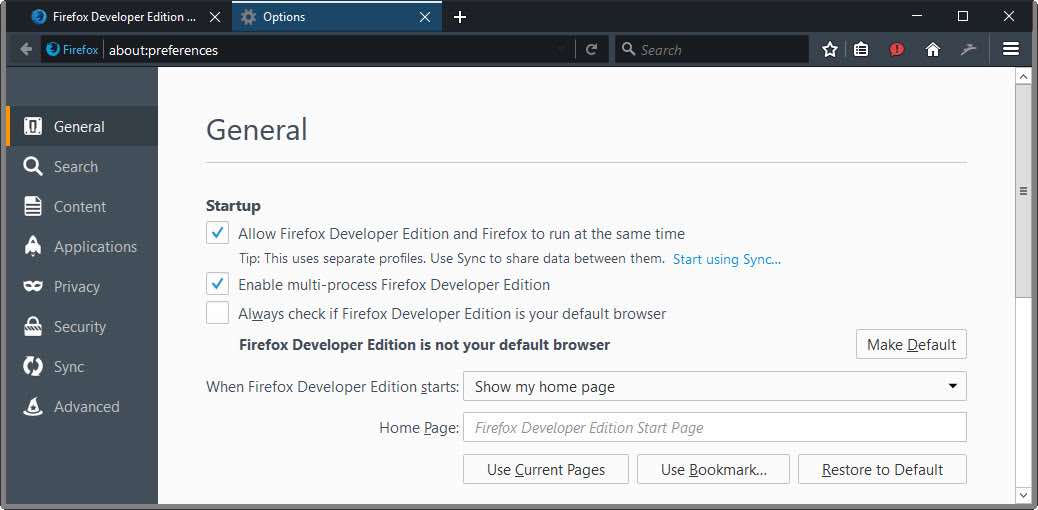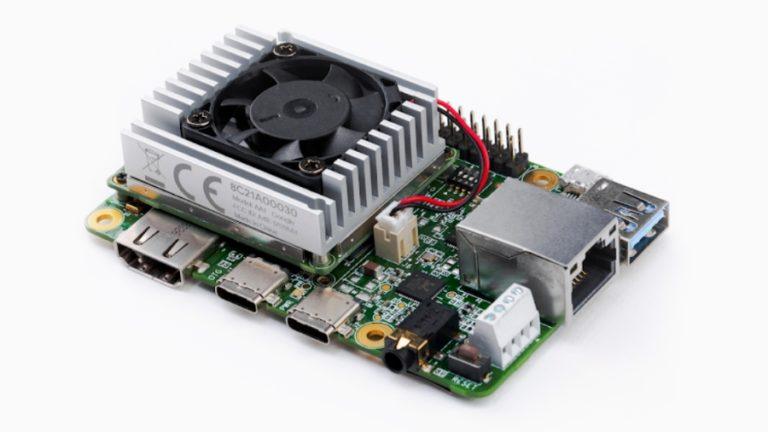Expect A 20% Rise In Your RAM Usage As Multi-process Feature Is Coming To Firefox

 Short Bytes: Stepping up its game in the war of browsers, Mozilla is moving ahead to bring multi-process architecture in Firefox this April. While users are having reservations about the resultant RAM increase, a Mozilla engineer has performed benchmarking tests and claimed that users will notice a memory hike between 10% to 20%.
Short Bytes: Stepping up its game in the war of browsers, Mozilla is moving ahead to bring multi-process architecture in Firefox this April. While users are having reservations about the resultant RAM increase, a Mozilla engineer has performed benchmarking tests and claimed that users will notice a memory hike between 10% to 20%.
Dubbed as the biggest project ever for the Firefox team, it currently runs as an A/B test in the beta versions of Firefox aka Firefox Nightly. As mentioned earlier, this feature is slated to release on April 19, 2016, with Firefox 46. Unsurprisingly, RAM usage will witness a surge when the e10s project is injected completely into Firefox code.
This notion has recently been confirmed by Mozilla Platform Engineer Eric Rahm. In his blog, he tries to address an obvious concern of the users — the more processes Firefox has, the more memory it uses. Keeping in mind the RAM-killer status of Google Chrome, users have dreaded this possibility for a long time.
But, things are not that bad. Apart from higher RAM usage, more processes ensure performance benefits and security measures. Eric performed the benchmark test and saw a 10% to 20% higher RAM usage with e10s enabled in the browser. If you are aware of the RAM usage by the Chromium-based web browsers, you’ll notice that these browsers have a much higher RAM usage compared to Firefox. Eric paints a similar picture on his blog:

If you’re wondering about the testing methodology, here are the six steps involved in performing this test on Windows, Linux, and OS X:
- Open Firefox configured to use N content processes.
- Measure memory usage.
- Open 100 URLs in 30 tabs, cycling through tabs once 30 are opened. Wait 10 seconds per tab.
- Measure memory usage.
- Close all tabs.
- Measure memory usage.
This open source browser has made some great improvements over the past years. With a new feature up its sleeve, Firefox is ready to step up its game in the war of web browsers. The company promises an average memory increase between 10% to 20% but it’ll be interesting to see how the multi-process architecture affects the users in real-world usage.
Also read: How To Make Mozilla Firefox Faster For Web Browsing






